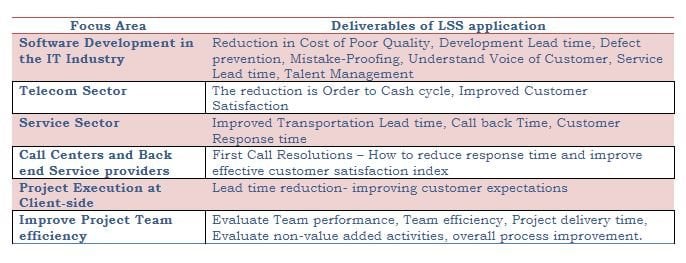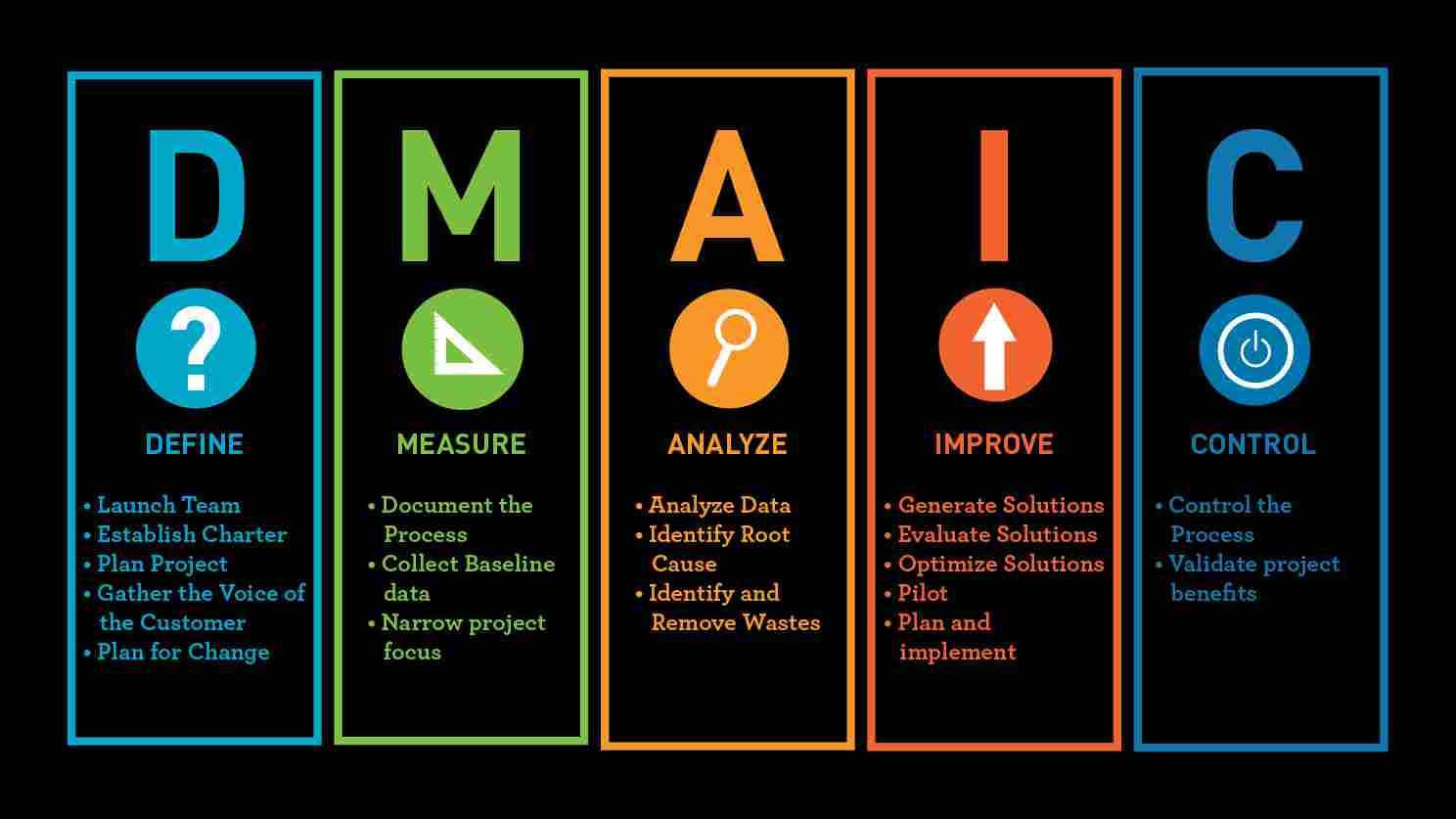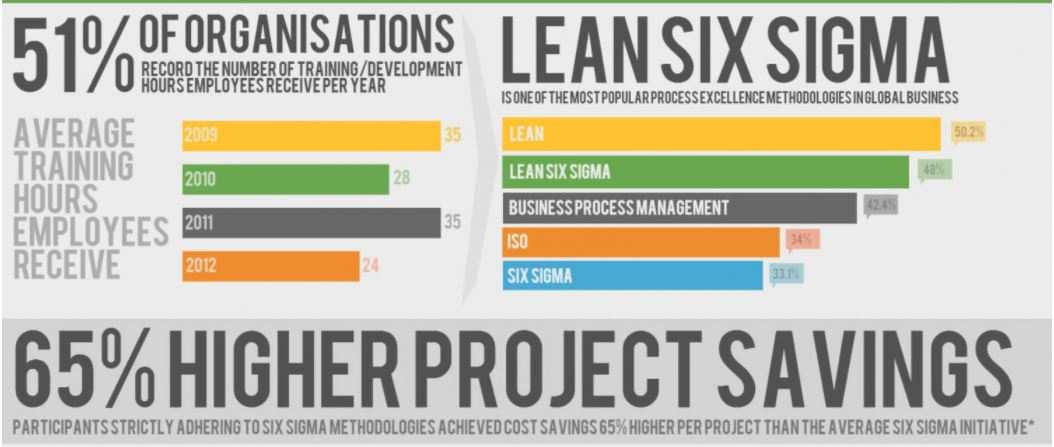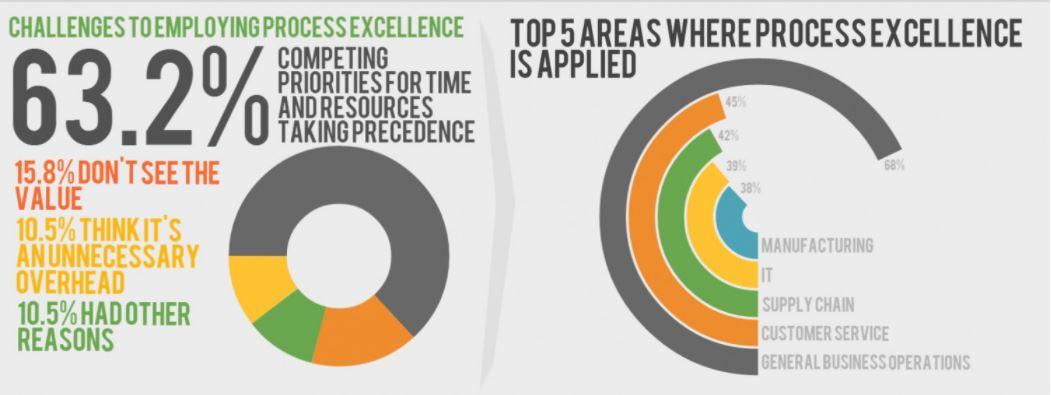7 Ways Lean Six Sigma Certification Can Help IT Professionals
Most of you know Six Sigma or have at least heard about it. At least, you know it is applicable across all industries. You also know it brings about process improvement. It improves quality, eliminates waste, and optimizes operations. IT enables most industries. IT does automation, creates easy-to-follow processes, and makes the industry more efficient. IT is everywhere, manufacturing, power, airlines, hotels, medical, pharma, automobiles, etc. You name it, and IT had a hand in it. Now since both Six Sigma and IT are helping different industries. Do you think Six Sigma can benefit IT too? If yes, How? If no, then read on.
IT organizations are always looking to trim these days and be lean. IT always gets caught up in demands that seem impossible and are lost in ROI. Here is where Six Sigma comes in and helps both. Six Sigma is a defect reduction methodology. Six Sigma enables IT to be lean. It transforms organizations with a high focus on quality and customer experience. The term sigma refers to deviations, deviations from an expected or an ideal level of operation.
How Does Six Sigma Work in the IT Sector?
Six Sigma has a lot to offer, and most CIOs are excited about it. Corporates are focusing on quality big time these days. IT has existed for a long time, and quality problems could creep in. You need to be smart to understand where and how you need to apply Six Sigma.

Source: SkillAtWill
Users of Six Sigma insist it works for all types of companies. It is also applicable for all functions. However, there may be some occurrences when the methodology may not be favorable. An organization needs to do some background work before it starts on its Six Sigma journey.
- Example: If employers have cut employees beyond the point of pain, then it may not be the correct time, not because you don’t require Six Sigma’s benefits. (You probably do, more than ever). Burned-out employees and stressed managers may not be able to give the regimen its due.
- Small-sized IT companies can benefit from Six Sigma’s approach to error reduction. They may have to wait to see quantifiable benefits, though. As per observation from Matt Light, a research director at Gartner, “There’s still applicability, but it will take a small shop a long time to know whether they’ve reduced their defects to three in a million, just because it’s going to take longer to get to that first million.”
- Every IT professional experienced with Six Sigma emphasizes that it definitely requires top-down buy-in. Six Sigma is an executive-driven transformation tool. If senior management is not willing to personally sponsor the strategy or they are not interested, it’s going to fail.
- As per Alan Larson, author of Demystifying Six Sigma (he was part of the team that introduced Six Sigma to Honeywell), “To have a successful Six Sigma initiative in your company, senior management has to understand its role: to pick teams, decide what measurements are going to matter, establish some form of accountability and visibility, and set up a mechanism to establish and track results.”
In spite of originating in manufacturing, Six Sigma focuses on processes. So, it is not all about widgets. In the world of IT operations, Six Sigma aims to improve and measure internal processes, such as reliability and network speed. It also investigates line-of-business processes and checks, for example, how well an online sales system is working?
IT uses a lot of processes. IT looks into the software development process, hardware, and testing implementation. Generally, the entire IT workforce should have had some form of Six Sigma training. Six Sigma gives a good toolset that is useful consistently and repeatedly. This will help analyze how an organization has things set up and running.
A problem statement is the first step for starting Six Sigma analysis. Let’s look at an example. One Six Sigma team had to analyze its high number of servers. They had 350 servers, which they felt was way more than required. They had to figure out a way to consolidate. They had to find a smarter way to deploy their servers. The Six Sigma team analyzed it and found the problem’s root cause: Every application got its own server, regardless of its bandwidth or size. They then worked out the specifics to allow applications to share servers securely and logically. The final result: a 40 percent reduction in servers. The server staff time and labor savings too added back to the bottom line.
This methodology breaks down problem evaluation into five distinct steps:

Source: GoProductivity
- Define
- Measure
- Analyze
- Improve
- Control
Practitioners call this DMAIC for short, pronounced as “de-MAY-ick.”
At each step in DMAIC, organizations use measures and apply appropriate tools from a variety of choices. You may be familiar with a few such as Pareto charts, histograms, and scatter diagrams. There are some other tools such as the house of quality or the voice of the customer. These customer-centric tools are often most enlightening.
One organization used the voice of the customer tool (plus a few others) and DMAIC process to tackle data-center sprawl. They found they had more than 80 data centers in their organization. They used the voice of the customer to canvass their customer base and ask some specific questions. They asked questions like what critical information did they store and where? By making customer needs the top priority, they could shut down or consolidate 40 data centers. They were mostly supporting underused or legacy applications. They then set a long-term goal to get this down to five data centers.

Source: Visually
While Six Sigma often helps organizations streamline and refine operations, it can also leverage existing systems for the customer’s benefit. One financial services organization formed a Six Sigma team to analyze the costs accrued by customer service representatives. This team recommended technology changes. The team suggested the organization’s interactive voice-response system should allow customers to find their own answers more easily to routine questions. This, in turn, will allow service representatives to redirect their efforts into selling additional financial products.
7 Ways IT Professionals Can Use Lean Six Sigma
- Improve efficiency and effectiveness of IT processes and overall business
- Reduce overall business operating costs
- Improve customer service and experience
- Deliver quicker results with high business value
- Improve workforce/resource productivity
- Improve the quality of performance of services and products
- Enable service stability and capability with control and operational efficiency
Matching Six Sigma IT Training by Job Type
Now you know that Six Sigma has a high value in IT. This does not mean the entire IT department needs certification as Six Sigma Master Black Belts. For a successful Six Sigma implementation, organizations need to ensure that all personnel receive the type of certification and training appropriate for their positions. For instance, managers should learn Lean Six Sigma Black Belt training. The team members may only require Green Belt training. Organizations need to ensure that all staff members understand how those principles relate to their individual job functions. They should have basic knowledge applications of Six Sigma in IT.

Source: Visually
A certificate in Lean Six Sigma can be a great asset, no matter what stage of a career. It will increase growth prospects within a company as well as appeal to prospective employers.
Consider the certificate courses and certificate program GreyCampus offers, whenever you are ready to build your Six Sigma knowledge and skills.
Best Practices For Reaping Success From Six Sigma in IT
Pick the right people: Employees trained in Six Sigma techniques will act as your internal SWAT teams. They come together to tackle a given process, then break it apart and reform it. It is important to train motivated employees. This will produce a high-performance team. It will also send signals that Six Sigma is part of an upward career path. If you pick the low-performing employees (since they are free) for the training, then you are sending an inappropriate message.
Try to give a project right away to work on as soon as the training is complete. It usually is beneficial to take up a project right after the training.
Do not substitute Six Sigma for thinking: There is always an urge to first use tools you know (that is, technology) before dipping into untried methodologies. Resist this urge. You may end up with a bad process with new technology if you just throw technology at a business problem.

Source: Visually
Don’t be afraid to tinker: While the concepts of Six Sigma are, or should be, sacrosanct, focus on the customer, streamline and improve processes, reduce defects, evaluate continuously. You need not treat the tools and tactics as if they are set in stone. You can have your own internal Six Sigma way. You may fine-tune the DMAIC model or add another step for implementation. There is nothing like a prescribed set. You can decide what you want to show your workforce before you choose your tools.
Caution: A cautious CIO might try to do a little bit of Six Sigma here and there to see if it works. That is definitely a mistake. Projects may just take too long and will not show the results.
Do not get lost in numbers: It’s possible to drive the Six Sigma initiative into the ground if you have too many numbers. You need to understand what and why you are measuring, otherwise, all the statistical analysis that the Black Belts use, all the data points used will not add up to make sense. Ensure the team understands:
- Who the customers are
- What the definition of good customer service is
- What a defect in the context of the operation they are performing is
- What you can control and what you cannot
Six Sigma is definitely something every IT person should know. The next step would be getting Six Sigma certification done and accelerate your career. It will be a positive contribution to the IT professional and the organization you work for. Six Sigma has become more relevant with IT with the augmentation of automation, AI, and ML innovating IT in a way it never did before. They say, “Data is the New Oil.” Six Sigma uses this new oil and gives it life. GreyCampus has become a leading provider of Lean Six Sigma training and focused on the benefits of attending a bootcamp with GreyCampus.
Want To Apply Lean Six Sigma to IT? Consider Getting Certified Today!